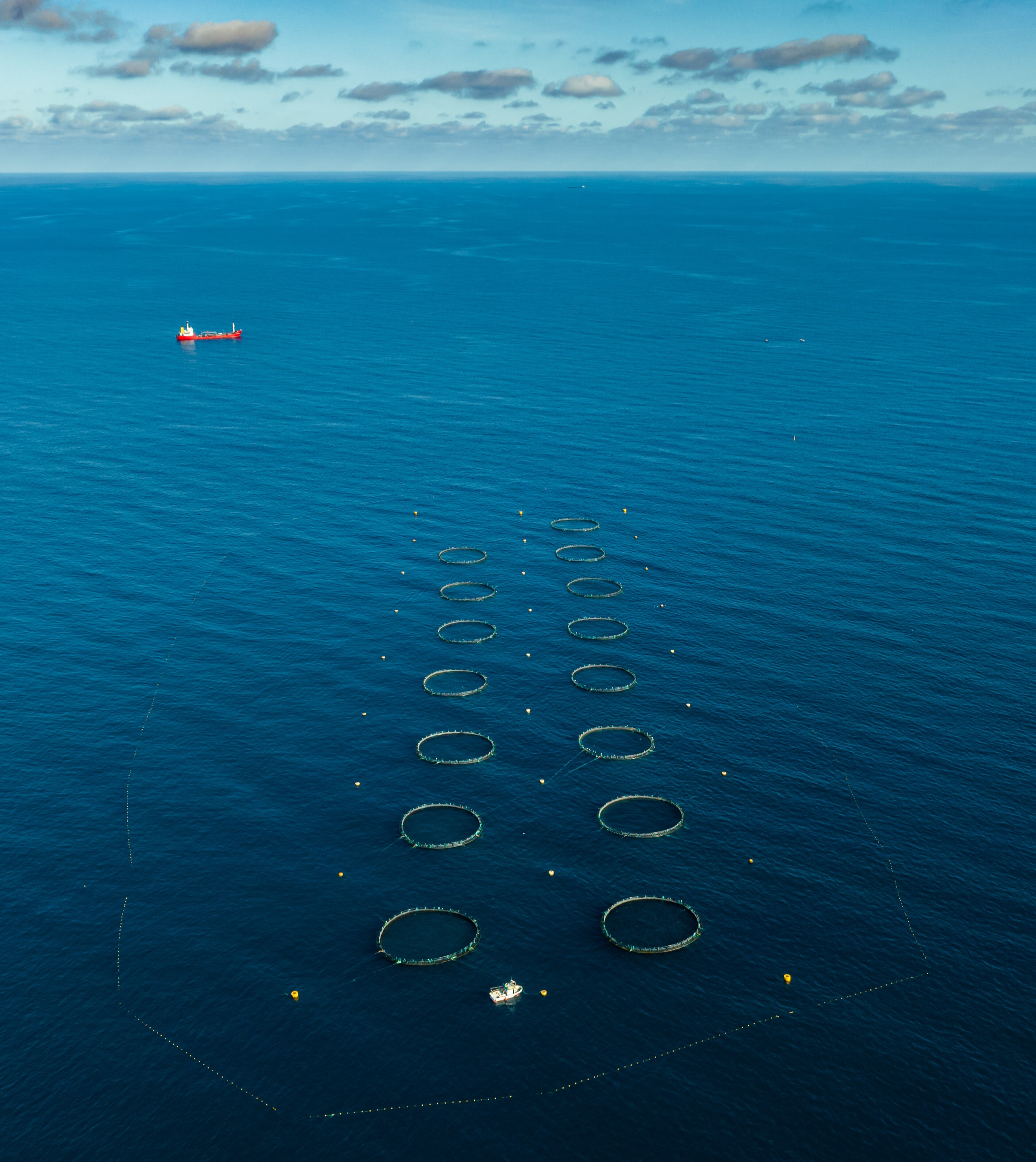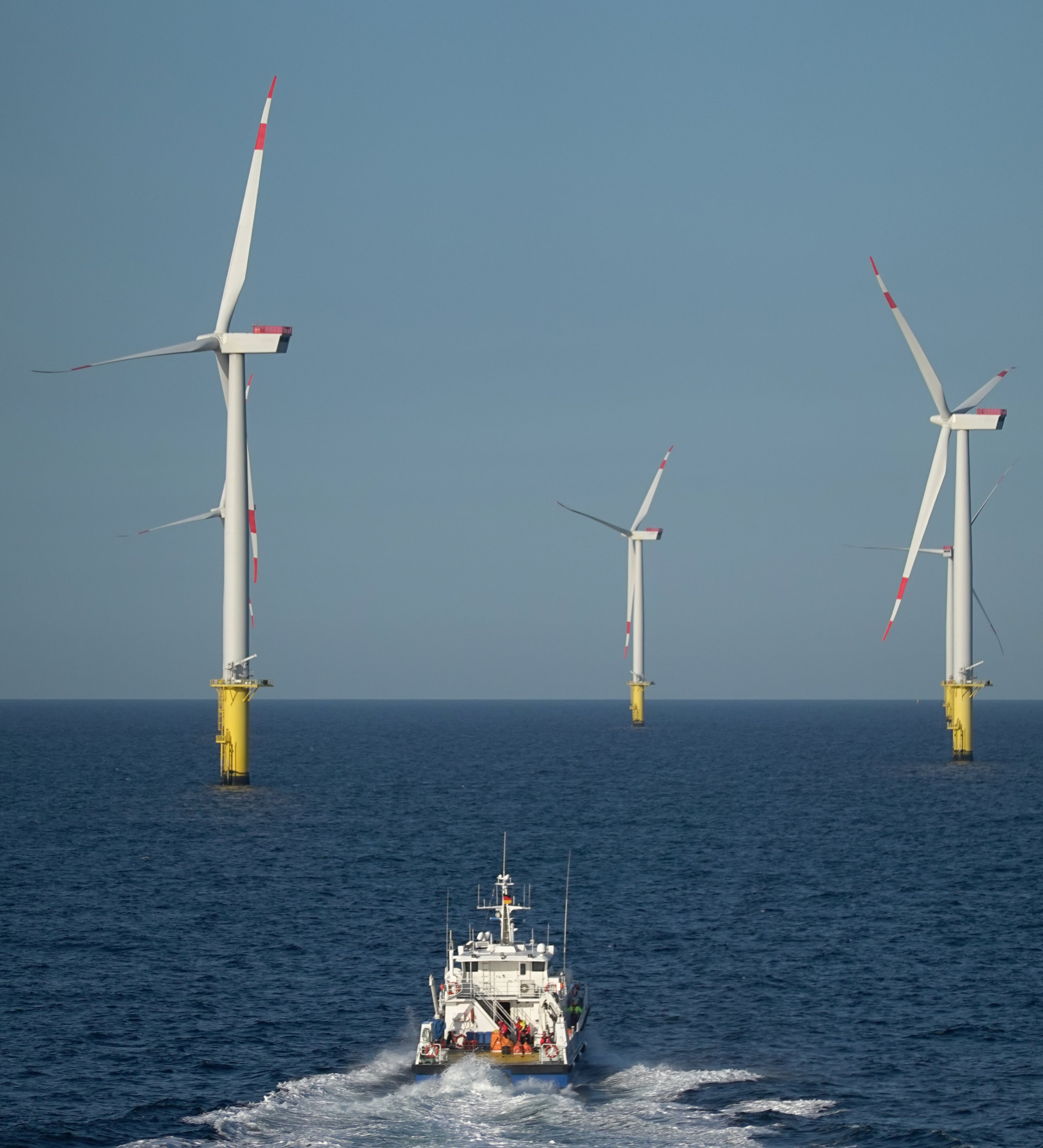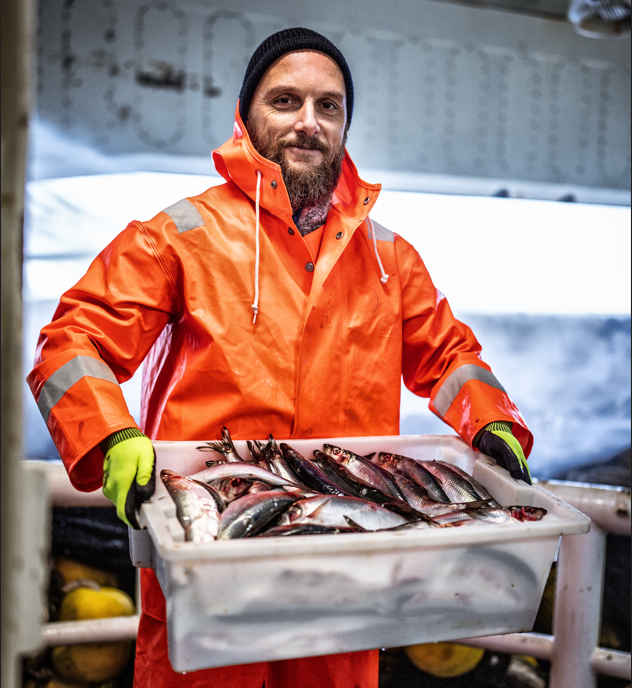The Ocean economy is undergoing significant growth, fueled by dynamic sectors such as marine aquaculture, offshore wind energy, and tourism. However, this expansion brings new environmental challenges, as high-demand industries continue to exert pressure on marine ecosystems. Small-scale fisheries remain vital for global food security and coastal livelihoods, yet they are increasingly vulnerable to climate change and competition from other Ocean-based activities.




